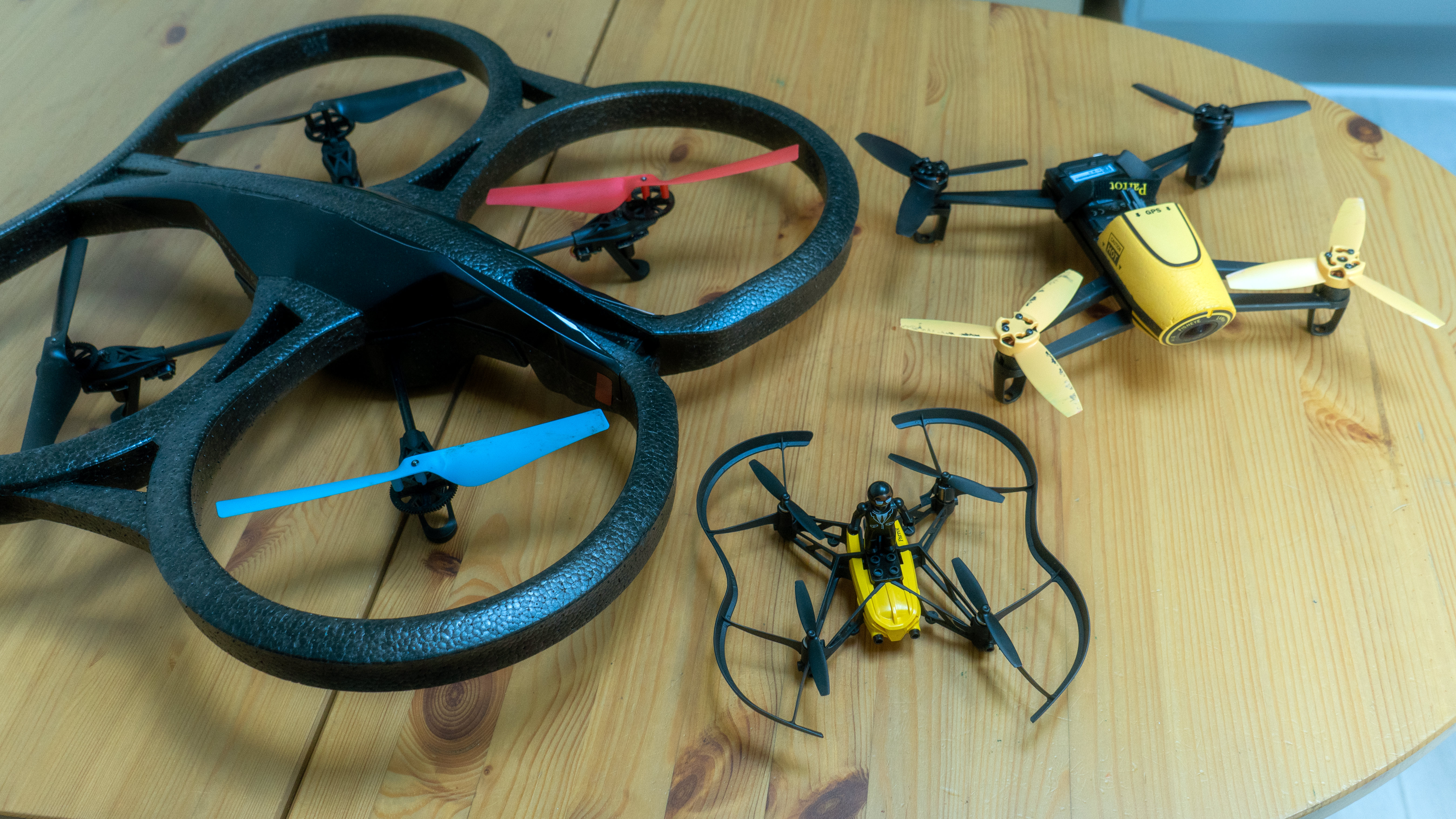Parrot ditches consumer drones... and its profits TAKE OFF!
Parrot launched the consumer drone revolution, but switching to pro devices pays dividends according to latest results

Last week Parrot group, the company behind the AR.Drone and Anafi series of drones, reported 64% growth. That might come as a bit of a surprise to many owners of Parrot drones, since the company 'finalized' sales of consumer drones in 2021 but in fact Parrot – and the Anafi brand – is still very much in business, and made €70.7 in 2022.
The company's financial statement also shows that it's still investing, with €43.6 of that income spent on R&D. In their outlook they also note the "context of increased sovereignty" which might be read as a not-too-coded reference to the US restrictions on Chinese companies (not least DJI, which is still the consumer favorite with many entries on our best camera drones list, but can't sell to US government agencies).
A few years ago, many assumed Parrot would own the consumer drone market. The AR.Drone was shown at CES in 2010 and it lit up the tech world. it was fun, and revolutionary – offering control via a phone app on the then-new Apple App Store. By modern standards, the 11-minute (if you were lucky) flight time, wi-fi limited control range, and low-res camera wouldn't get you far, but that was then. And then everyone expected great things from Parrot and the concept its CEO Henri Seydoux had proven.
The AR.Drone 2.0 followed in 2012, improving to a 720P camera and bringing a 'black box' GPS accessory. Oh, and yes, it was still cool to say version numbers like "two-point-oh" then! It sold around 500,000 units in its lifetime, not bad at all for a product that was something of a novelty. Even better when you think that the AR in the name was for Augmented Reality so Parrot also developed software to support that functionality.
In 2013, a small Chinese company, DJI, released a drone called the Phantom which was able to carry a GoPro, and was piloted using the kind of radio control that model airplane owners were familiar with. As photographers looked on with interest, and DJI made swift revisions, Parrot instead concentrated on a series of 'toy' drones like the Mambo.

Parrot's Bebop drones were smaller and emphasized some limited software stabilization for their video, but only in 2018 did Parrot make a serious effort at appealing to photography and video customers with the quirky, but exciting Anafi. You can see what we thought of it at the time, but as it transpired the drone struggled in the consumer market against the Mavic series. It did, however, become the basis for a follow-up – the Anafi USA.
This was a pricey product with a thermal camera ideally suited to niche markets like surveying and emergency services. By emblazoning the national superpower name on the side (and actually assembling in the US), Parrot was able to capitalize on push-back against Chinese manufacturers.
Get the Digital Camera World Newsletter
The best camera deals, reviews, product advice, and unmissable photography news, direct to your inbox!
Founder and Henri Seydoux is still CEO at Parrot.

With over 20 years of expertise as a tech journalist, Adam brings a wealth of knowledge across a vast number of product categories, including timelapse cameras, home security cameras, NVR cameras, photography books, webcams, 3D printers and 3D scanners, borescopes, radar detectors… and, above all, drones.
Adam is our resident expert on all aspects of camera drones and drone photography, from buying guides on the best choices for aerial photographers of all ability levels to the latest rules and regulations on piloting drones.
He is the author of a number of books including The Complete Guide to Drones, The Smart Smart Home Handbook, 101 Tips for DSLR Video and The Drone Pilot's Handbook.
